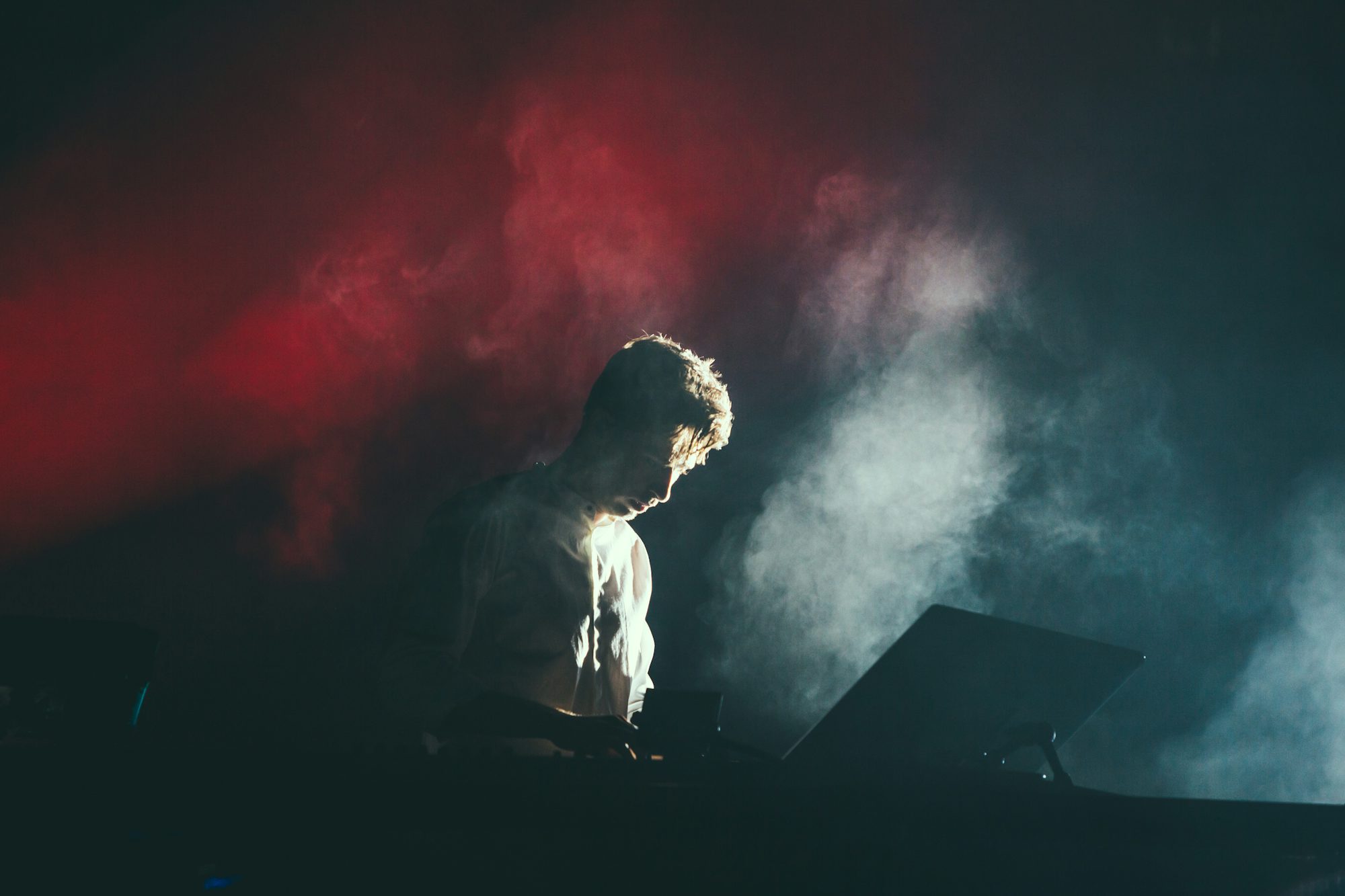From the very beginning of a model's journey, understanding the significance of posing is crucial. Unlike traditional photography where the focus may be solely on the subject, modeling requires an awareness of the overall composition and the message being communicated. Male models must learn how to adapt their poses to fit the vision of designers, photographers, and brands, while still showcasing their individuality.
One of the first steps in mastering posing is developing a strong sense of body awareness. Models need to understand how different positions, angles, and movements affect the visual narrative. This awareness enables them to highlight their best features while also emphasizing the clothing or products they are promoting. Effective posing can transform a simple image into a compelling visual story, making it essential for models to practice and refine their skills regularly.
The versatility of poses is a critical component of a successful modeling career. Male models are often required to shift between various styles—whether it’s high fashion, commercial, or editorial. Each category has its unique requirements, and models must be adept at adjusting their body language and expressions accordingly. For instance, high fashion often emphasizes a more abstract, artistic approach, while commercial modeling leans towards relatability and approachability. Understanding these nuances allows models to cater their poses to the specific needs of each shoot.
In addition to body awareness, expression plays a pivotal role in posing. A model’s ability to convey emotion through their facial expressions can significantly enhance the impact of an image. Strong, emotive expressions can evoke feelings and reactions from viewers, making the photo memorable. This is particularly important in editorial work, where the goal is often to tell a story or capture a moment in time. Models should practice various expressions, ranging from joy to contemplation, to develop a repertoire they can draw from during shoots.
Collaboration is another essential element in the art of posing. Male models must work closely with photographers, stylists, and creative directors to ensure that their poses align with the vision of the shoot. Open communication is vital; models should feel comfortable asking for feedback or clarification on how to achieve the desired look. This collaborative approach not only helps refine their posing skills but also fosters a creative environment where ideas can flow freely.
Preparation is key when it comes to posing for a shoot. Male models should come to set with an understanding of the concept and theme, as well as any specific poses or expressions that may be required. Researching the brand, familiarizing oneself with previous campaigns, and understanding the target audience can provide valuable context that informs posing decisions. Additionally, staying physically fit and maintaining good posture can enhance a model's ability to pose effectively, contributing to a more polished appearance in photos.
Another critical aspect of posing is the understanding of angles. The right angle can dramatically alter the perception of a model's body, making it essential for models to experiment with different positions to discover what works best for them. Often, a slight shift in posture or tilt of the head can create a more dynamic and engaging image. Learning to find the best angles not only improves the model's portfolio but also builds confidence during shoots.
Practicing in front of a mirror can be an effective way for male models to develop their posing skills. By observing themselves from various angles, they can identify their strengths and areas for improvement. This practice allows models to become more comfortable with their bodies and gain a better understanding of how to project confidence and charisma through their poses.
Moreover, incorporating movement into poses can add an element of dynamism and interest. Instead of remaining static, male models can experiment with fluid movements that convey energy and life. This approach is particularly effective in fashion shows and editorial shoots, where capturing a sense of motion can enhance the overall aesthetic. Whether it’s a subtle shift of weight or a more pronounced action, movement can bring photographs to life and engage the viewer’s eye.
As the modeling industry continues to evolve, so do the expectations around posing. Social media platforms have transformed the way models are showcased, with a growing emphasis on authenticity and relatability. Male models are now often seen in casual settings, and their poses should reflect this shift towards a more natural, candid approach. This evolution requires models to adapt their techniques, finding ways to pose that feel genuine and resonate with contemporary audiences.
In conclusion, mastering the art of posing is an integral part of a male model's career. From understanding body awareness and angles to conveying emotion and collaborating effectively, the skills involved in posing can significantly impact a model’s success in the industry. As the landscape of modeling continues to change, the ability to adapt poses and expressions to align with evolving trends will remain essential. Through practice, preparation, and a commitment to honing their craft, male models can elevate their work and leave a lasting impression in the world of fashion.
